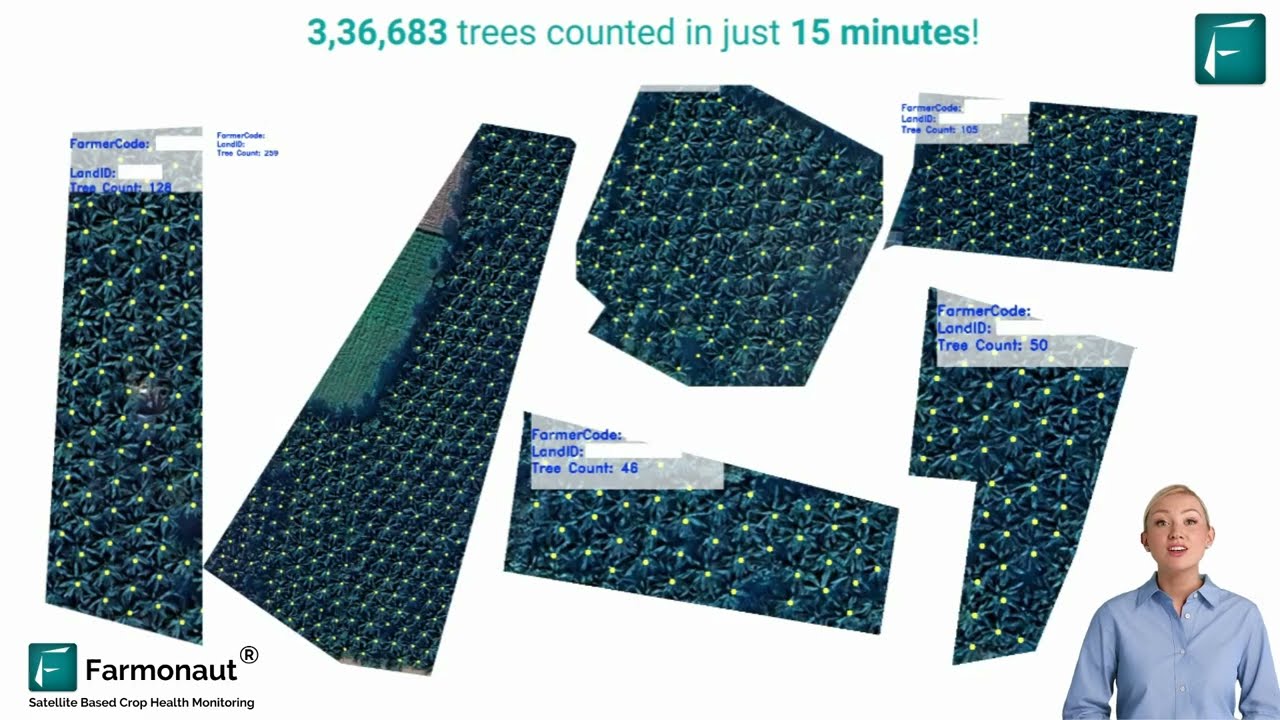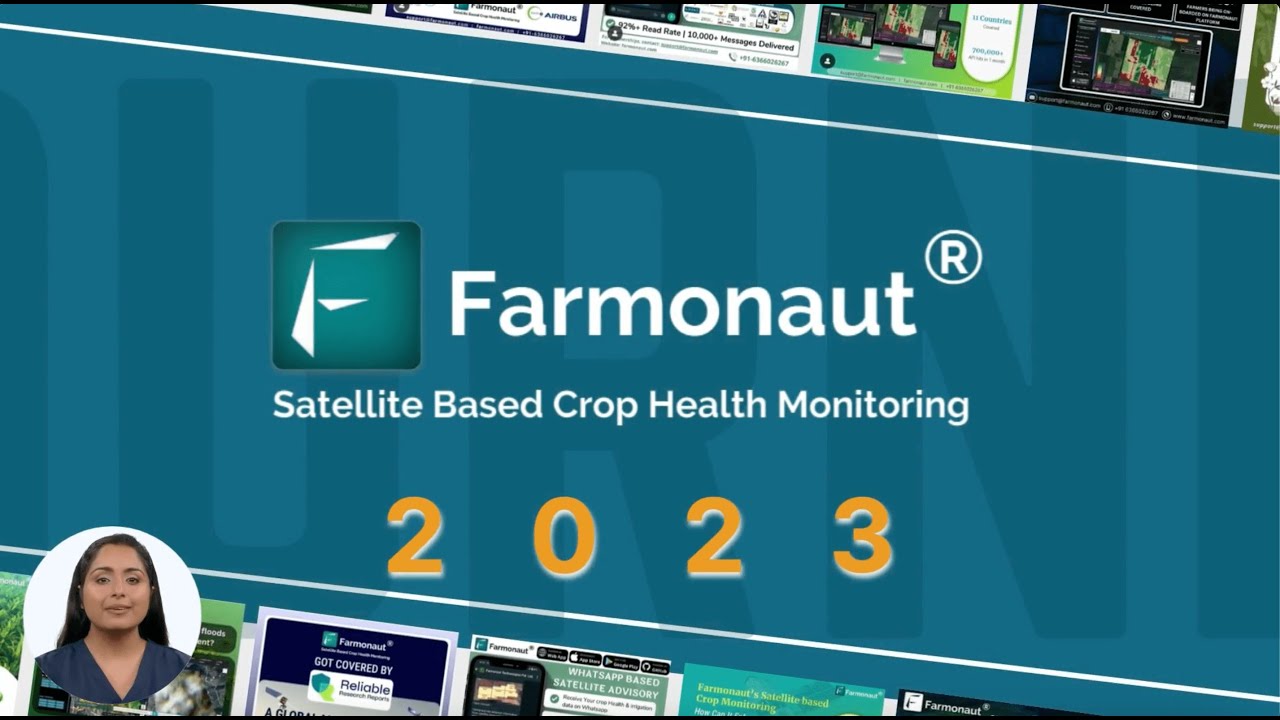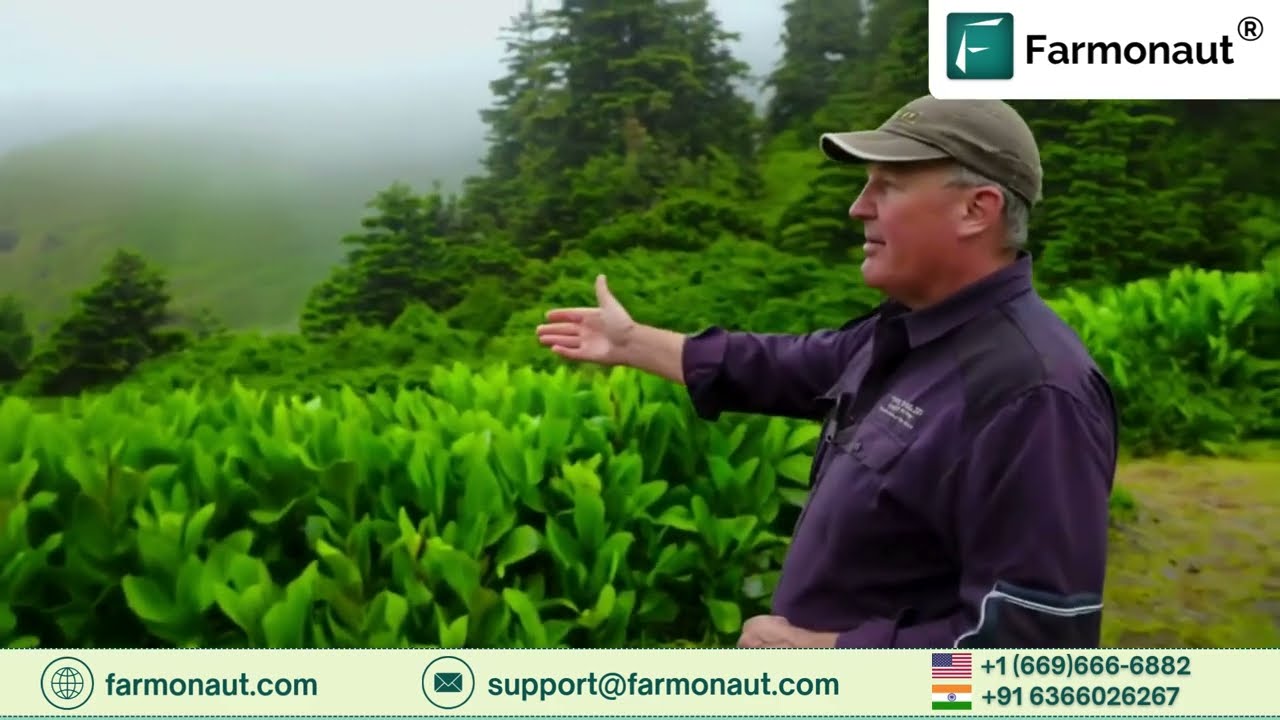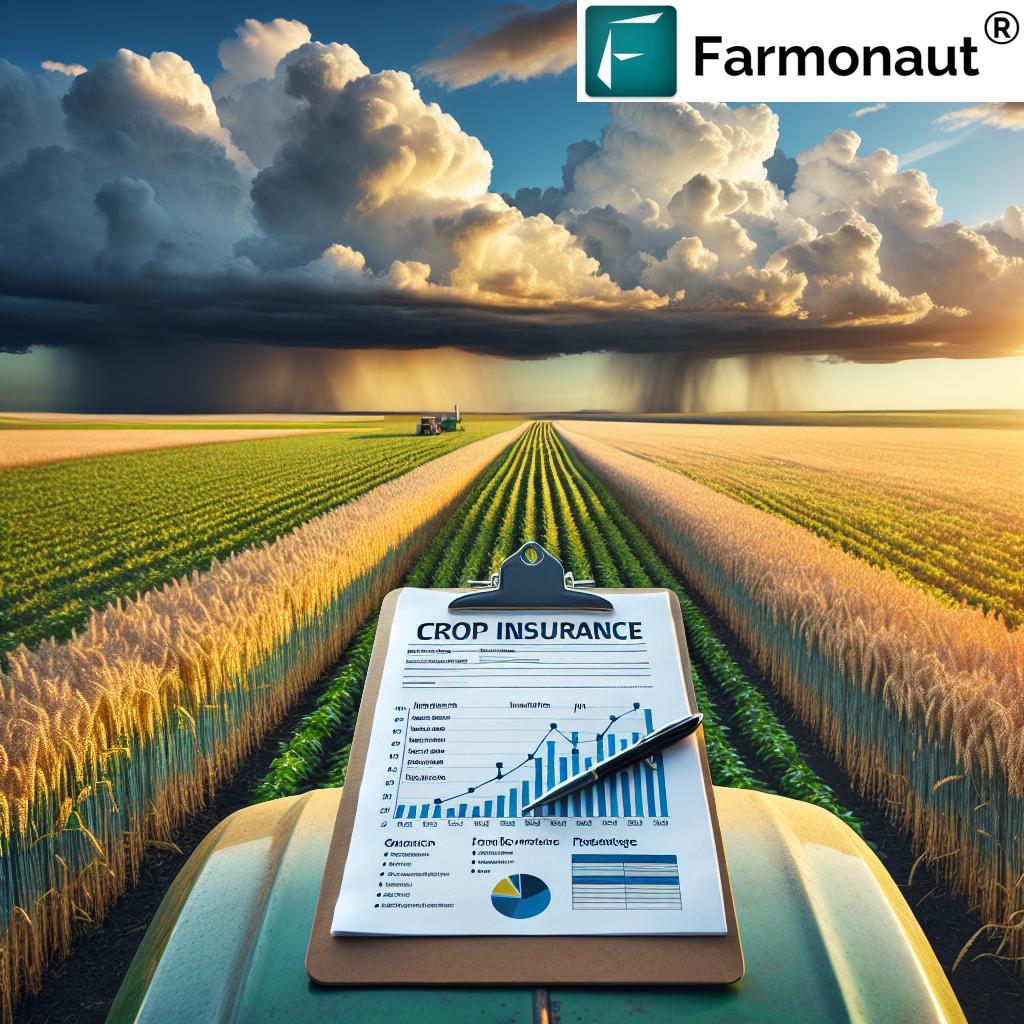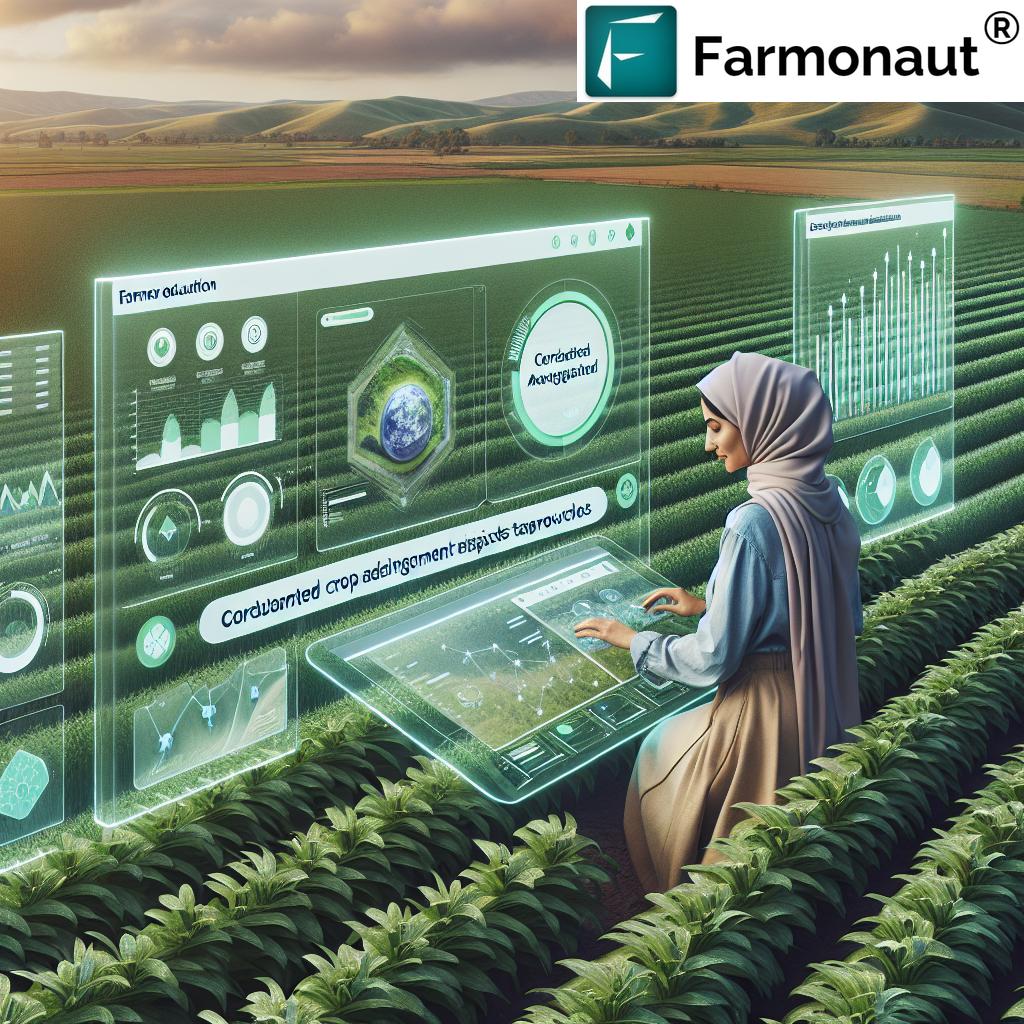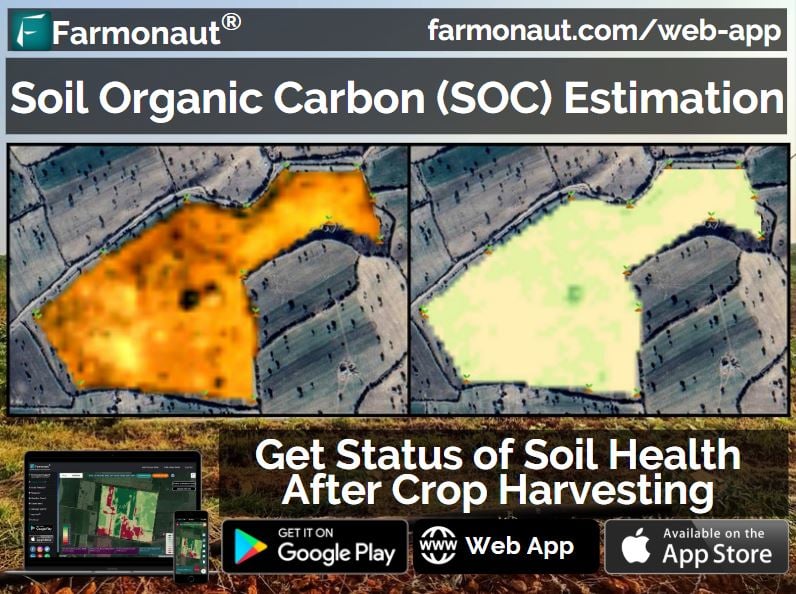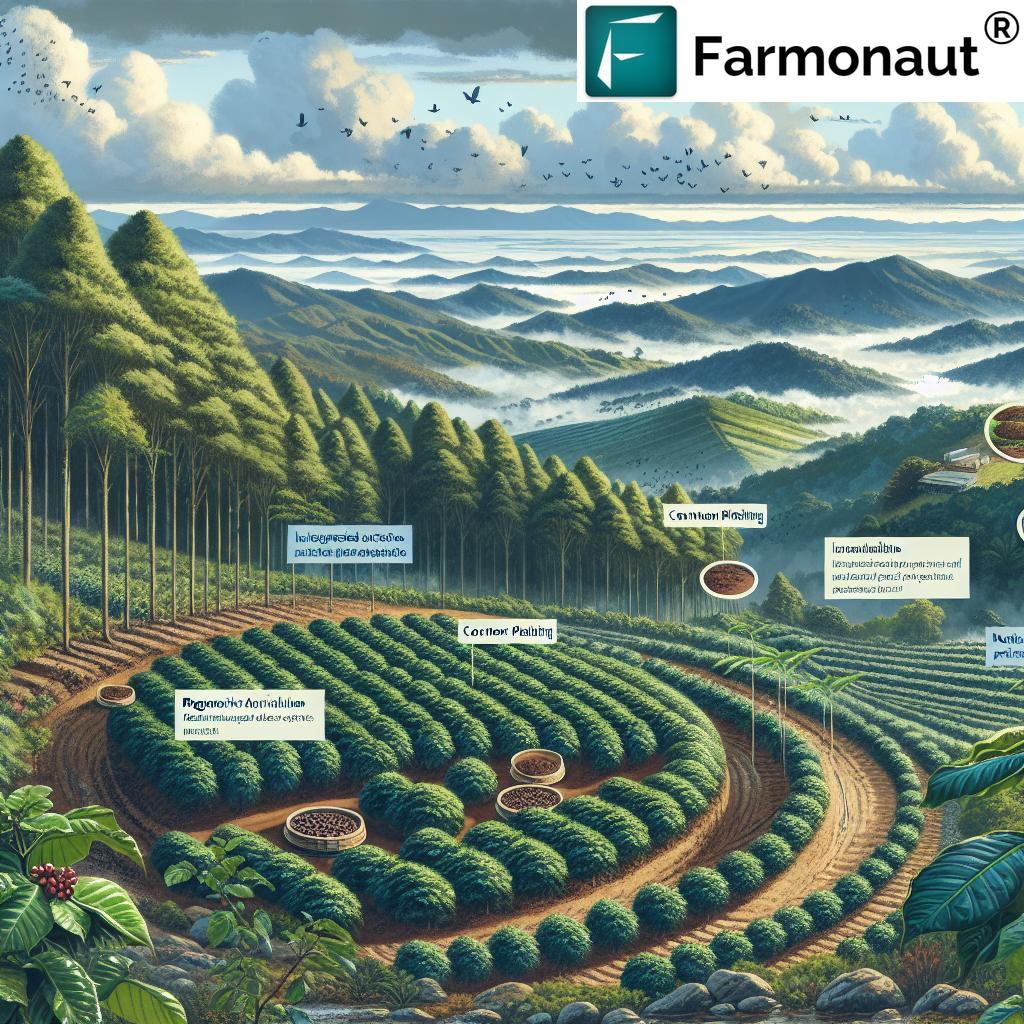Forest Conservation Practices: Jobs & Farming 2025
Forests are the lifeblood of our planet—covering approximately 31% of Earth’s land area, they play a vital role in sustaining biodiversity, maintaining ecological balance, and combating environmental challenges. In 2025, the need of forest conservation is more urgent than ever, as climate change, unsustainable farming, illegal logging, mining activities, and infrastructure development threaten these precious ecosystems. Our focus in this comprehensive article is to explore contemporary forest conservation practices, the importance of agriculture conservation, and the expanding job opportunities in forest conservation—all critical for a sustainable, resilient future.
Introduction: Why Forests Matter in 2025
Forests offer essential ecosystem services directly and indirectly supporting agriculture, rural communities, and industries. They act as carbon sinks, regulate water cycles, preserve soil fertility, filter pollutants, regulate microclimates, and are critical in preventing erosion and floods. However, as environmental challenges intensify worldwide, the benefits from forests are increasingly at risk.
In 2025, sustainable forest management is recognized globally as a pillar for climate resilience, food security, and social stability. By supporting biodiversity and providing livelihoods to over 1.6 billion people, forests are foundational to our collective well-being and to combating climate change.
The Critical Need of Forest Conservation
The need of forest conservation has never been greater. As forests face threats from deforestation driven by unchecked agricultural expansion, illegal logging, mining activities, and infrastructure projects, the loss of forest cover leads to:
- Declining agricultural productivity due to soil depletion
- Increased vulnerability to floods and droughts
- Reduced water quality and supply
- Loss of biodiversity and ecosystem services
- Greater carbon emissions and worsening climate change
The consequences of forest degradation are visible globally, with degraded land threatening food security and livelihoods across regions—especially those dependent on forestry and agriculture. In 2025, safeguarding forests is indispensable to preserve soil fertility, maintain water quality, mitigate climate change by storing carbon dioxide, and protect communities from climate-induced disasters.
Forest Conservation Practices: Innovations & Impact
Effective forest conservation practices in 2025 rely on integrating traditional knowledge and advanced technologies to restore and sustain forests, promote agriculture conservation, and create new job opportunities while combating climate change.
Key Modern Forest Conservation Practices
-
Afforestation and Reforestation:
Planting native tree species to restore degraded land remains fundamental. Large-scale efforts are tracked via satellite monitoring, ensuring measurable progress in increasing forest cover and restoring ecological balance. -
Agroforestry Systems:
Integrating trees with crops or livestock enhances farm biodiversity, improves soil health and carbon sequestration, while supporting farming conservation and increasing crop yield. -
Community-Based Forest Management:
Involving local communities in managing forests ensures sustainable use and long-term restoration. Indigenous knowledge and benefit-sharing are recognized as essential to protect forests and support local livelihoods. -
Sustainable Logging and Certification:
Adopting selective and responsible logging protocols, combined with forest product certification (such as FSC), ensures that timber harvesting minimizes ecological impacts and remains compatible with conservation goals. -
Forest Fire Management:
Implementation of advanced monitoring systems, controlled burns, and early warning mechanisms to reduce wildfires, which have intensified due to climate change. -
Policy and Legal Frameworks:
Strengthening measures against illegal logging, mining, and land encroachment, while introducing incentives for conservation, supports sustainable forest management at national and global scales.
Key takeaway: Forest conservation practices in 2025 are multifaceted, involving reforestation, agroforestry, fire management, sustainable logging, and empowered local stewardship—all critical for combating deforestation, promoting biodiversity, and mitigating climate change.
The Role of Technology in Promoting Conservation and Sustainability
- Satellite imagery enables precise monitoring of forest cover, illegal activities, and environmental changes.
- AI-driven advisory systems help analyze risks and promote responsive management practices.
- Blockchain-traceability ensures transparency in forest product supply chains, deterring illegal logging and promoting trust.
Farming & Agriculture Conservation 2025
The agriculture sector is deeply intertwined with forests. Agriculture conservation refers to farming systems and management aimed at safeguarding ecosystem services while ensuring food production. In 2025, farming conservation involves:
- Agroforestry: Integrating trees with crops and livestock to boost productivity and ecological health
- No-Till and Conservation Tillage: Reducing soil disturbance to preserve soil fertility, prevent erosion, and improve biodiversity
- Cover Cropping: Planting crops to protect soil, improve water retention, and sequester carbon
- Precision Agriculture: Using technology and satellite-driven data for resource-efficient farming
By integrating trees into farms and adopting sustainable practices, we can reduce deforestation driven by agricultural expansion, helping to combat climate change and support local communities.
Smart Water Management and Climate Resilience
- Satellite-based monitoring is enabling farmers and land managers to optimize irrigation, anticipate droughts, and protect crop yield.
- Reducing water waste and supporting the ecological balance on agricultural lands adjacent to forests.
Forest and farming conservation are not competing interests but integrated systems for achieving sustainability goals in 2025 and beyond.
Comparative Practices and Opportunities Table 2025
To better understand how forest conservation practices relate to job opportunities, biodiversity, and climate change mitigation, here’s an in-depth table for 2025:
| Practice Name | Description | Estimated Jobs Created (2025) | Biodiversity Impact | Climate Change Mitigation Potential |
|---|---|---|---|---|
| Afforestation & Reforestation | Restoring degraded lands with native tree species; expanding forest cover | 700,000+ | High | High |
| Agroforestry Systems | Integrating trees with crops/livestock; diversifying land use for resilience | 600,000+ | High | High |
| Community-Based Forest Management | Empowering local communities to manage, restore, and protect forests | 350,000+ | High | Medium/High |
| Sustainable Logging & Certification | Selective & responsible logging; timber certification; reducing illegal harvesting | 400,000+ | Medium/High | Medium |
| Forest Fire Management | Prevention, detection, early response, and controlled burning strategies | 250,000+ | Medium | Medium/High |
| Precision Farming & Water Management | AI & satellite-guided farming; resource-efficient practices in agriculture | 200,000+ | Medium | Medium/High |
| Policy Analysis & Conservation Planning | Developing, monitoring, and enforcing forest and environmental policies | 120,000+ | Medium | Medium |
| Tree Nursery & Restoration Workers | Production and planting of saplings for restoration and forest cover expansion | 80,000+ | Medium | Medium |
Each practice above supports ecosystem services, provides diverse job opportunities, and promotes resilience in the face of climate change.
Satellite Monitoring, Technology & Farmonaut’s Role in Conservation
The integration of technology into forest conservation practices is fundamentally changing how we monitor, restore, and manage forests. At Farmonaut, we recognize that affordable, real-time satellite monitoring empowers stakeholders—from government agencies to smallholder farmers—to implement effective measures quickly and efficiently.
How Satellite & AI Solutions Empower Conservation
-
Real-time Monitoring: With multispectral satellite imagery, Farmonaut provides timely insights into forest cover, vegetation health,
and degraded land restoration. This enables faster identification of threats such as illegal logging or unauthorized mining activities. - AI-Powered Advisory: Our Jeevn AI delivers actionable advice on forest health, fire risk detection, and conservation strategies, supporting smarter decision-making.
-
Blockchain Traceability: By tracking forest products through the supply chain, Farmonaut’s traceability tools help prevent illegal logging and guarantee product authenticity.
Learn more about Farmonaut’s traceability solutions -
Carbon Footprinting & Environmental Impact: Our platform allows stakeholders to track carbon emissions and adopt climate-positive practices.
Explore carbon footprinting for measurable climate action -
Resource & Fleet Management: Farmonaut’s resource management tools optimize operations in forestry, agriculture, and mining, promoting sustainable management and reducing inefficiency.
Discover fleet management for sustainable operations -
Large-Scale Farm Management: For projects integrating agroforestry and sustainable farming, our solutions streamline data collection, monitoring, and reporting.
Read about large-scale farm management tools -
Crop Plantation and Forest Advisory: Satellite-based insights help identify degraded areas, plan reforestation efforts, and monitor outcomes efficiently.
Use Farmonaut’s crop plantation and forest advisory services -
API & Integrations for Developers: Access Farmonaut’s robust API for automated satellite data feeds, system integrations, and custom monitoring.
Explore Farmonaut’s API access |
Developer Documentation
Farmonaut’s satellite-based services are accessible through our web and mobile applications for instant, actionable data. Our scalable platform and affordable solutions serve agriculturalists, foresters, environmental scientists, and policymakers alike, fueling 21st-century sustainability goals.
Jobs in Forest Conservation: 2025 Outlook
The forest conservation sector in 2025 offers diverse employment opportunities that are rapidly expanding with the new focus on sustainability, environmental monitoring, and climate change mitigation.
-
Forest Rangers & Monitoring Officers:
Patrolling forests, overseeing restoration and reforestation, monitoring illegal activities (like logging or mining), and coordinating fire management efforts. -
Agroforestry Specialists & Extension Workers:
Supporting farmers in adopting conservation-based farming systems (agroforestry, no-till farming, etc.), enhancing soil and water conservation. -
Environmental Scientists & Ecologists:
Researching forest ecosystem health, biodiversity dynamics, and advising on restoration projects. -
GIS & Remote Sensing Experts:
Utilizing satellite imagery and geospatial data for mapping forest cover, monitoring conservation practices, and tracking climate change impacts. -
Community Engagement Coordinators:
Collaborating with local communities to develop participatory conservation strategies, capacity building, and ensuring equitable benefit sharing. -
Policy Analysts & Conservation Planners:
Developing, advocating for, and overseeing forest management policies and environmental laws. -
Sustainable Timber Harvest Managers & Certification Auditors:
Facilitating sustainable logging practices, auditing compliance, and maintaining certification standards. -
Rehabilitation and Nursery Workers:
Propagating saplings, organizing tree planting drives, and assisting in land restoration.
Key Skills and Qualifications for Forest Conservation Jobs
- Environmental science background, forestry or agricultural degree, or community development experience
- Proficiency in GIS, remote sensing, and data analysis (demand increasing in 2025)
- Understanding of sustainable forest management principles, ecosystem services, and climate change adaptation
- Experience in participatory planning and engaging rural or indigenous communities
- Fieldwork readiness—problem-solving, communication, and team leadership skills are highly valued
Challenges, Solutions & Global Initiatives in Forest Conservation Practices
Despite worldwide recognition of the importance of forest conservation, several challenges in 2025 remain:
- Accelerating deforestation from agricultural expansion and resource extraction
- Illegal logging, mining, and land encroachment due to weak governance or economic pressures
- Increasing intensity of forest fires, droughts, and floods—often exacerbated by climate change
- Fragmented policies and inadequate enforcement at local to international scales
- Insufficient funding and awareness in rural and developing regions
However, hopeful solutions and emerging opportunities are driving progress:
- Strengthened legal frameworks and enforcement of conservation policies
- Widespread adoption of satellite monitoring and AI analytics for near-real-time detection of threats
- Education and awareness campaigns for sustainable land use, soil and water conservation
- Global initiatives—such as UN SDGs and national afforestation programs—are setting ambitious conservation targets
- Support for community-based forest management and equitable benefit-sharing with indigenous groups
Restoration & Reforestation: The Pathway Forward
- Scaling up tree planting campaigns using blockchain traceability and satellite-based monitoring
- Adopting climate-adaptive species and strategic planting for maximum biodiversity and carbon sequestration
- Integrating farmers and rural communities in landscape restoration for sustainable development
With advanced technologies and new knowledge at our disposal, these barriers can be overcome, providing sustainable pathways for jobs, biodiversity, and climate stability.
FAQ: Forest Conservation Practices & Careers
Q1: What are forest conservation practices, and why are they essential in 2025?
Forest conservation practices include strategies like afforestation, reforestation, agroforestry, sustainable logging, policy enforcement, and fire management—all focused on safeguarding forests, biodiversity, and ecosystem services. In 2025, their importance is amplified by climate change, increasing demand for food and resources, and the urgent need to combat deforestation.
Q2: What job opportunities exist in forest conservation and agriculture conservation?
Opportunities range from forest rangers, ecologists, AI & satellite monitoring experts, policy analysts, community coordinators, to tree nursery and restoration workers. Jobs in forest conservation are expected to grow rapidly as green economies and sustainable development become global priorities.
Q3: How does advanced technology (like satellite monitoring) improve conservation?
Advanced satellite monitoring enables timely detection of illegal logging, deforestation, mining, and land degradation. Technologies like AI and blockchain traceability help manage forests, restore land, and monitor carbon sequestration—drastically increasing the efficiency of conservation efforts.
Q4: Can sustainable agriculture reduce deforestation?
Yes! In 2025, sustainable agriculture—including agroforestry, conservation tillage, and precision farming—can reduce the need for land expansion, help protect forest cover, and support food security while conserving the environment.
Q5: How do I get started with a career in forest conservation?
Build foundational knowledge in forestry, agriculture, or environmental science, seek certifications in GIS, biodiversity or remote sensing, or join community-led or NGO reforestation projects. Digital skills and data analysis are increasingly valuable in ecological monitoring and reporting roles.
Conclusion: Advancing Forest Conservation for a Green Future
In 2025 and beyond, forest conservation practices are the lynchpin for environmental health, agricultural sustainability, and social progress. The urgency to balance human needs with protecting our forests, combating climate change, and sustaining global biodiversity has never been greater. Contemporary conservation practices—rooted in both tradition and technology—offer a powerful pathway to resilience.
From reforestation and agroforestry to community-based resource management and AI-driven monitoring, every effort counts in restoring the Earth’s ecological balance, supporting livelihoods, and creating green employment opportunities. Leveraging digital technologies, responsible policies, and community leadership, we can protect and restore forests for present and future generations, ensuring a sustainable future for all.






